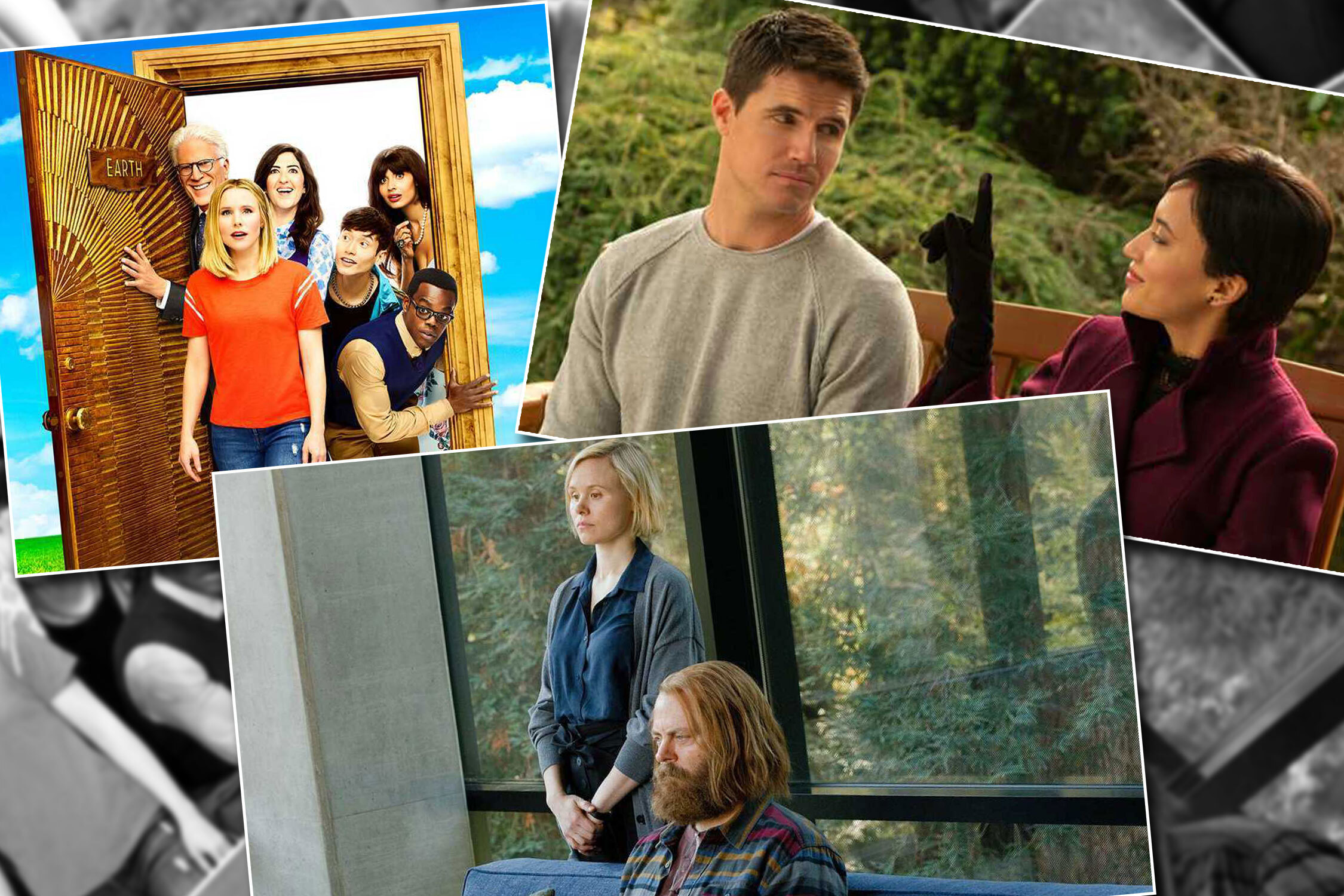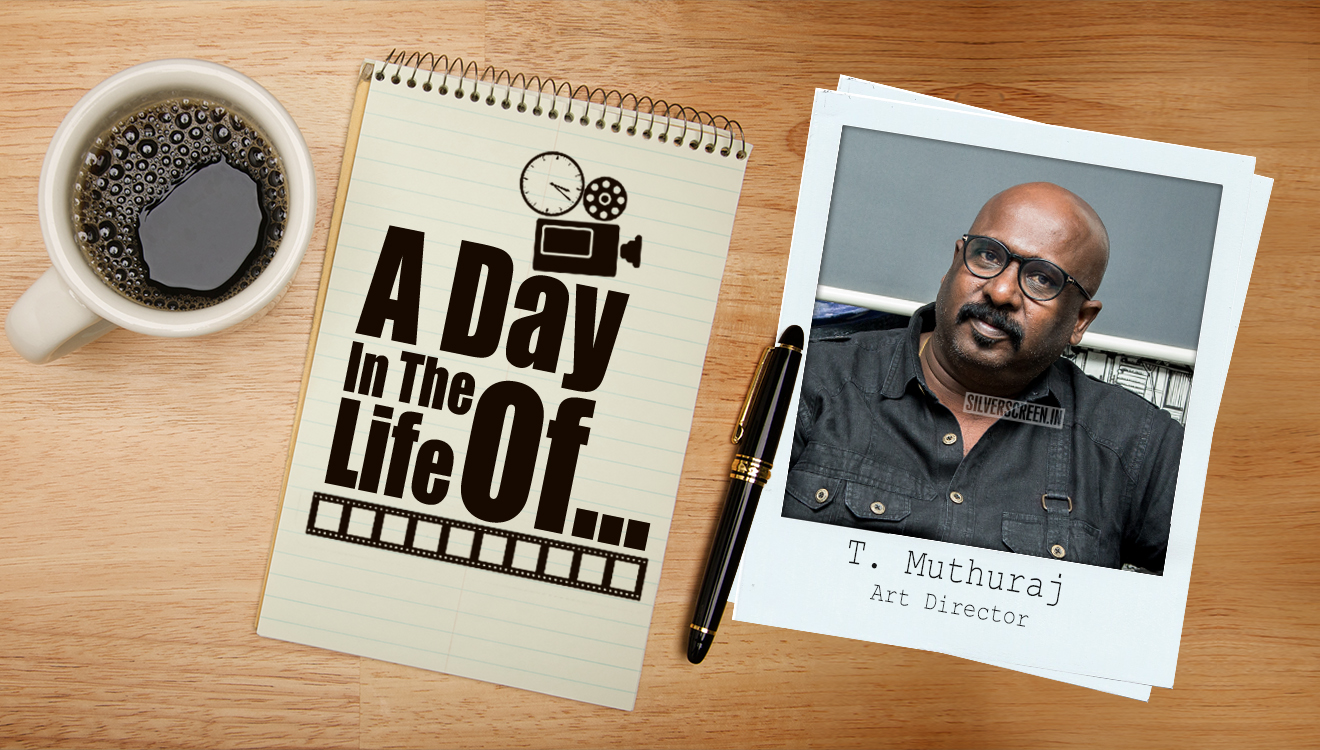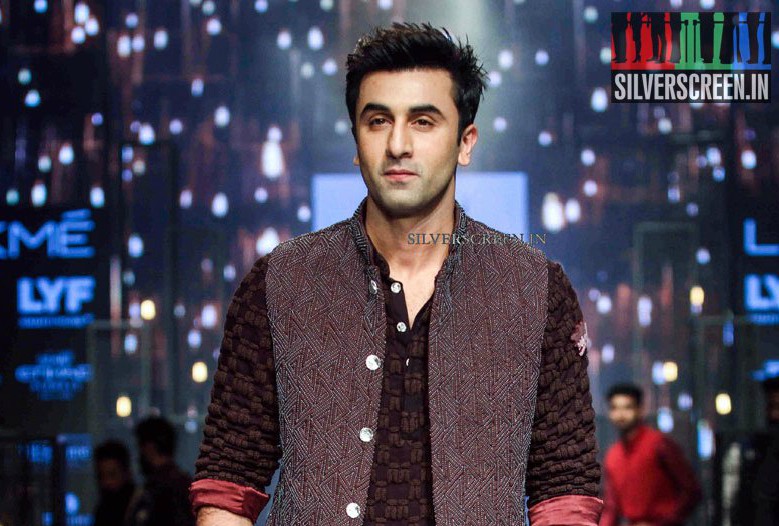Cinematographers, make-up artistes, assistant directors, production managers – the profile of women working in films may vary, but their experiences in the industry aren’t vastly different. Sometimes, their struggle is quite basic – like finding a toilet on sets for instance. ‘Women, Cinema & Sexism’ features women who work in the film industry and documents their stories – the good, the bad and the ugly
Three years ago, in November 2014, Charu Khurana, a woman from Delhi, won a landmark legal battle against a law that prohibited female make-up artistes from working in Bollywood. Until then, for over 50 years, women were limited to working as hairstylists while men worked in the field of make-up. Khurana, who holds a masters degree in special effects and prosthetics from Los Angeles, was shocked to learn that Bollywood was holding on to the archaic rule that discriminated against women. Women were not issued union membership cards, and whoever dared to work without a card, or hire a female artiste, were mercilessly harassed by the film unions.
Passing the verdict in favour of Khurana, the Supreme Court said, “Why should only a male artiste be allowed to put on make-up? How can it be said that only men can be make-up artistes and women can be hairdressers? We don’t see a reason to prohibit a woman from becoming a make-up artiste if she is qualified… we are in 2014, not in 1935.”
In an interview with The Times Of India dated November 11, 2014, Khurana spoke of the malicious ways in which the film unions resisted the rise of female make-up artistes post her Supreme Court win, “The union has become stricter in the last few days. They’ve been raiding sets to search for female make-up artistes. They’re even checking vanity fans. Namrata Soni was harassed a few days ago, when she was working on a film set.”
After the ban was lifted, a few female make-up artistes from across the country were given union membership cards. One of them is Kochi-based Mitta Antony who finished a course in make-up artistry at the Pattanam Rasheed Institute in Kerala. The membership in CCMAA (Cine Costume And Make-Up Artiste Association) cost her Rs 1,00,000, and Antony reveals that contrary to what she’d thought, her professional journey has not been easy.
“Although no one tells you on the face, there is indeed a disdain towards female make-up artistes. There are few women working in the field, which forces me to hire men as assistants in my projects. Almost all the time, the male assistants would leave the project midway, citing bizarre reasons. I would then have to hire assistants from Mumbai which would be hard on my pocket,” says Mitta. She also narrates incidents when she was openly insulted by male colleagues on film location. “Recently, a stunt master verbally abused me on the set through a microphone. No one defended me. I was the only woman on the set, and the men behaved as if it was totally fine to misbehave and look down upon a colleague. Would they have dared to do that to a male make-up artiste of my experience?”
Attitude problem aside, the women in southern film industries are also troubled by lack of basic facilities while on a film set, such as the unavailability of proper toilets or changing rooms. Dundhu Renjeev, a Bangalore-based art director who has worked in Kannada, Malayalam and Tamil industries, says that ignoring such basic needs for a long time has taken a toll on her health. “Rarely have I been to an outdoor film set which had arranged proper toilet facilities for women. It is as if the authorities on the set don’t acknowledge such basic needs,” she says.
“When you demand toilets on the film sets, and a separate hotel room for female staff, it will lead to further problems. They might even stop hiring women employees,” she says. According to an assistant director in Mollywood, a prestigious production house in Kerala doesn’t allow women inside their production van citing moral reasons. “No liquor or ladies in this vehicle. ‘We don’t let even the wife of the company owner travel in the van,’ I was told by a manager of the production house,” says the AD.
Jayashree Lakshminarayanan, a Kerala State Award winning art director who has worked in Malayalam, Tamil and Hindi films, agrees that the work space in regional film industries isn’t very welcoming for women. “There might not be many cases of outright attack on your body. Ours is a society that hushes matters until it grows to the degree of rape. What about the stares, verbal abuses and the general mindset of the society towards women who work in cinema? When I am on a set, often I feel I am constantly watched by many pairs of eyes. I am judged all the time, questioned on why I don’t adhere to their idea of women – shy, polished, soft-spoken. It is not easy,” she says.
Jayashree blames it on the way the society brings up men. “We are taught that women are less competent folks right from childhood. Many people I interact on job think female artistes in cinema aren’t serious about their career. ‘Won’t they quit as soon as they get married?’ they ask.”
One of the first things that Jayashree was told when she took up her first film was that she should shed her ‘girlishness’ to fit into the industry. “I was told to man up. Be a guy, and work like a guy. Many women who work in films try to be tomboyish because it makes it easier to interact on a set, surrounded by men. I don’t get it. To be good at what you do isn’t enough? Should one also change her gender identity?”
Jayashree and Dundhu are two of the few women art directors in Indian cinema who have managed to find a steady footing for themselves. Both of them agree on the fact that right from the beginning of their career till now, they have had to brave the scorn of many a men on film sets who thought they were hijacking a profession which had been, till then, a male-dominated one.
“Once, a worker snapped at me when I asked him to finish a job. Why should I listen to you, he said. There is another man who told me I won an award for Charlie because I was a ‘girl’ and girls have it all very easily,” says Jayashree.
Dundhu holds forth on the industry’s inability to accept women artistes as an equal entity. “Once, I was at the set of a brand commercial, prepping for the day’s shoot. There were props lying around, work to be done. Then, a male colleague entered the room and said he could share the work. ‘You sweep and tidy up the room, I will finish this work,’ he told me without batting an eye-lid. It was like we were at school again, where boys would be assigned to do high-profile jobs such as fixing a projector and arranging furniture, while women would be handed the task of sweeping the room,” she says.
One of the hardest fights that women in Indian cinema continue to fight is this gender bias. Meera Thalakkottur, a production manager who has worked on a number of high-profile projects, including Bejoy Nambiar’s Solo, actor Dhanush’s French co-production film Fakir, and Roshni Dinakar’s upcoming My Story, recalls to having met men who thought she wasn’t ‘mature’ and ‘capable’ enough to lead a set. “It wasn’t a one-off case,” she says.
Uma, a cinematographer who has an experience of over six years in Malayalam cinema, says the production houses in the film industry are yet to qualify her as an ‘experienced cinematographer’, thanks to her gender. “I have seen instances when filmmakers would recommend me for their films, but the producers would slyly ask them to replace me with an ‘experienced male DoP’,” she says. Uma has worked as an assistant cinematographer in several big budget feature films and commercials, and has cranked the camera for many short films and music videos. Her directorial debut, Across The Ocean, a crowd-funded English language film, is in the post-production stage. Many a time, male colleagues, as an act of chivalry, would offer to help her carry the heavy camera and lighting tools. “I find it offensive,” she says. “I chose this field of profession because I love it. I am good at it, and I have an experience of many years. I am as healthy as my male colleagues to lift a camera. So I make sure that I complete every job that the society thinks a woman can’t do.”
“Men would sit and crack jokes about female artistes that would border on obscenity. Their sense of morality would stop them from saying it aloud in front of me, but I have expressed my displeasure. Thus, you will remain the odd one at the work place,” says Dundhu.
“I know a number of women in the industry who have faced sexual harassment. Once, a colleague shared with me screenshots of text messages that a well-known man in the industry had sent her. She had expressed her displeasure verbally many times, yet he was in no mood to stop,” says Uma, adding that it would be a long time before young women in the industry gather courage to come out in public and fight harassment. “It’s not easy to raise voices against powerful men. It means risking their career. For a young woman looking to make a career in the film industry, ignoring such creeps and going ahead is often the only practical solution,” she says.
Recommended
Meera feels Bollywood film sets have attained a decent level of gender equality, for there are a lot of women working behind the camera in the industry. “On Bollywood film sets, there are many women like me, executing the most pivotal tasks. No one questions our authority. No comments of sexual nature are raised,” she says. Formation of organisations like Women In Cinema Collective has indeed spread some hope among female professionals. “I suffered a bad health issue recently, and spent many weeks in hospital. I lost many job offers, went through a financial crunch, lost hope..,” says Mitta, who is now returning to work through a documentary project. “One of the founders of WCC, Sajitha Madathil, speaks to me often. She is extremely supportive and encouraging. Another member, a filmmaker, asked me if I could join her next film as a make-up artiste. It seems like a great support system,” she says. Dundhu and Uma agree that only an organised effort will fix the basic problems that women face in cinema. “To solve everything else, more and more women should enter the field,” they say.
At a set where there are more women crew members, the job becomes organised and smooth, says Uma, whose directorial had an equal number of female and male crew members. “The difference is very obvious. A very warm camaraderie formed between all the crew members. We were well-planned. No one felt left out. I think when there are more women on sets, it becomes a better work place,” she says.
*****
Read Part One: Women, Cinema & Sexism: Harvey Weinstein Has Opened Pandora’s Box & We Need To Deal With It



